History
The roots of the Jann organ building company go back to Potsdam in 1948. There the company founder Georg Jann began his organ building apprenticeship with Alexander Schuke. The further path led him and his family from 1961 via Switzerland and Berlin (West) to Regensburg.
In 1974 he took over the long-established organ building workshop Eduard Hirnschrodt in the Regensburg district of Stadtamhof. As early as 1975, Opus 1 for the municipality of Etzelwang was completed in the new workshop with 5 employees.
A short time later, the company received its first orders for three-manual organs with over 40 stops. In 1980 the first four-manual organ for the St. Joseph church in Memmingen with 52 stops was completed.
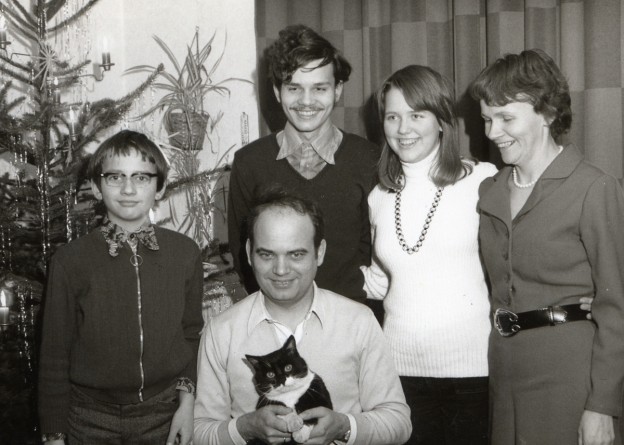
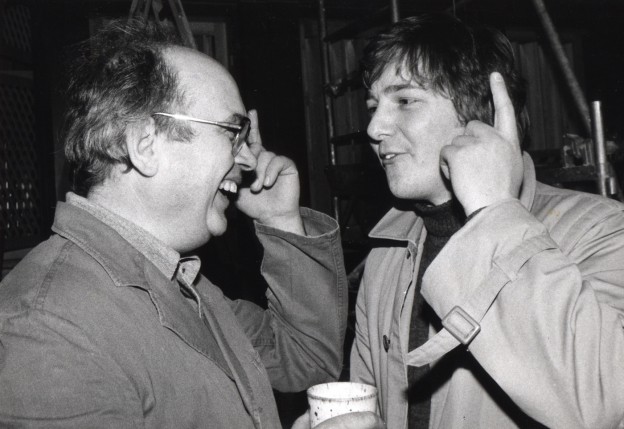
The good order situation made it necessary and possible to relocate operations to larger premises. In Allkofen, south of Regensburg in the Lower Bavarian community of Laberweinting, Georg Jann acquired the large workshop rooms of a former furniture workshop, which was expanded to include a spacious assembly hall.
Significant new organs were soon built here, including the organ for the cathedral in Porto in 1985, three organs for the basilica in Waldsassen with 103 registers and two six-manual consoles in 1989, the four-manual concert organ with 74 registers for the Bamberg Symphony Orchestra in 1993 and two organs in 1994 - among them the main organ with 95 registers - for the Munich Cathedral. The Jann company quickly grew into a world-renowned organ building company and in just 30 years almost 280 organs were built.
The current managing director, master organ builder Thomas Jann, joined the company in 1986 after completing his training with Richard Rensch. From 1983 to 1986 he had deepened his knowledge of metal pipe making and intonation with Karl Schuke in Berlin.
In 1990, Thomas Jann passed his master's examination in Ludwigsburg and took over the management of his father's company in 1995. In 1999 he completed extensive training as a restorer in the organ and harmonium building trade. In addition, in September 1999 the Lower Bavaria-Upper Palatinate Chamber of Crafts appointed him a publicly appointed and sworn expert.
Under the direction of Thomas Jann, the tradition of the company with large organ works is continued: In 1999, the parish church in Gotteszell near Deggendorf received a three-manual French symphonic organ with 45 registers. In 2000, a main and choir organ with 49 and 26 registers was built for the Altötting parish church. Since 2005, a three-manual organ with 36 registers with an interesting mixture of specifically southern German and romantic sound characteristics has been heard in the Andechs monastery church. In particular, the restored and expanded Stahlhuth organ in Dudelange with 78 registers distributed over four manuals and pedal aroused great admiration in the professional world in 2002.
Hardly any other instrument is a regular attraction for CD and DVD productions. More than 60 titles have already been released and new recordings are constantly being made.
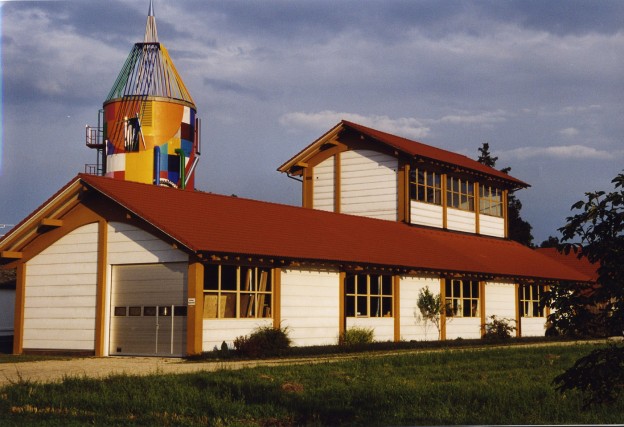
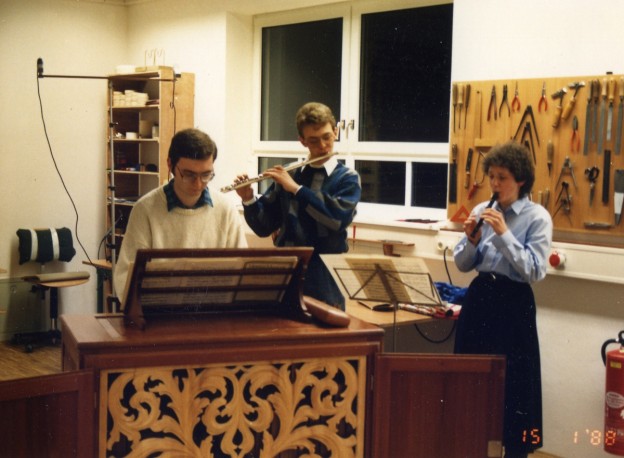
Orgelbau Jann has had its own restoration department since 1987, which can refer to a number of exemplary works such as restorations of instruments from the companies Steinmeyer, Stieffell, Schwarz, Ehrlich, Edenhofer and Brandenstein.
In addition, the perception of the long-criticized instruments from the period after World War II has been changing for some time. With the repair of the Walcker organ from 1961 in the Dreifaltigkeitskirche ("Old Town Church") in Erlangen, a new approach to dealing with "outdated" instruments was taken in 1995. This instrument was consistently preserved through repairs and careful conversion.
The Steinmeyer organ from 1963 in the evangelical town church of St. Andreas in Weißenburg is certainly a special feature. This organ was placed under monument protection before the start of a thorough renovation. In this way, in 2006, the Jann company was once again able to demonstrate its competence in dealing with instruments from this period in a responsible manner and in a way that preserves historical monuments. In order to meet the increased tonal demands without having to interfere with the existing listed substance, the organ was expanded to include an auxiliary.
In the same year, the organ for the parish church of St. Georg in Neustadt a.d. Waldnaab a new concept for dealing with tonally problematic organs has been successfully implemented. A new organ was designed using a large part of the components of the previous organ, which also received a swellable auxiliary and various sub and super octave couplers. The special feature is that each individual register of the auxiliary can be registered separately on each manual and in the pedal. In this way, the organist has unimagined tonal possibilities at his disposal without overwhelming the room with the sound.
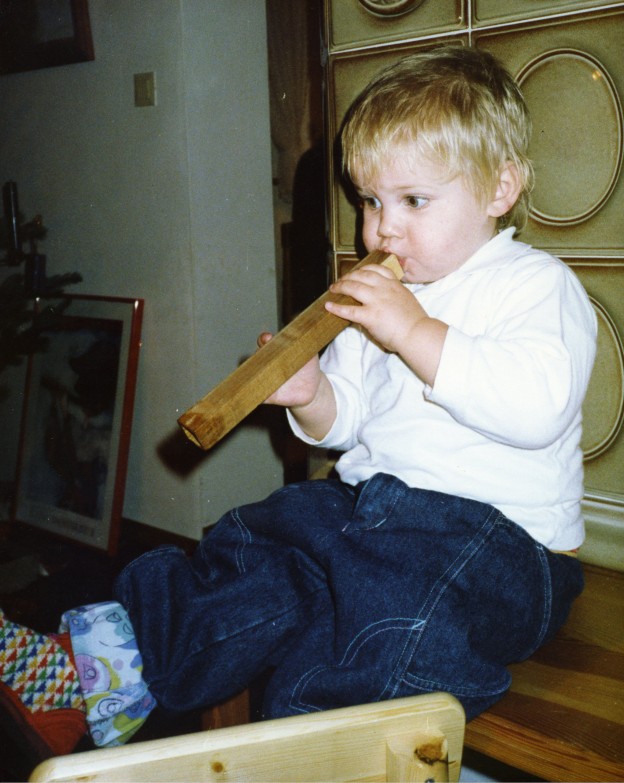
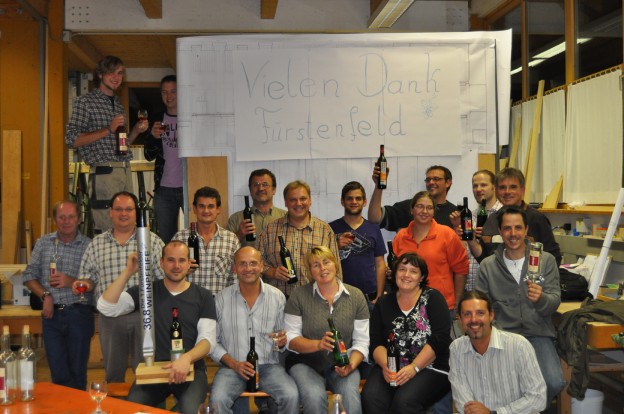
In 2006, Thomas Jann and his staff completed another trend-setting instrument with which he demonstrated his innovative strength: the organ for the evangelical church of St. Marien in Gunzenhausen (III+P/45 register). As a special feature, it received a pedal mechanism that was equipped with electric single-tone valves, allowing the use of extensions but cleverly avoiding the disadvantages of a multiplex organ.
New construction, restoration and preservation - with these three areas of competence, Thomas Jann is a comprehensive partner for parishes and secular clients. Far removed from all ideological fixations, Orgelbau Jann stands for high-quality craftsmanship, tonally unmistakable, innovative and creative organ building in the 21st century.
